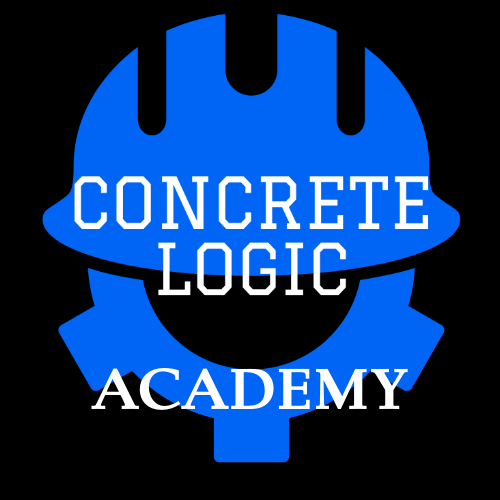In today’s fast-paced industrial landscape, the transformation of the British steel industry provides a compelling case study with significant implications for the U.S. cement industry. By understanding the forces driving these changes, industry professionals can anticipate and prepare for the shifts ahead.
A Brief History of the British Steel Industry
The British steel industry once stood as a powerhouse in global production. At its peak in 1970, the UK produced 28.3 million tons of steel, a testament to its industrial might. However, recent years have dramatically declined, with production plummeting to 5.6 million tons by 2023. The decline is attributed to several factors, including high energy costs, protectionist policies, and the shift toward decarbonization.
These changes are not just about numbers; they reflect broader economic and environmental shifts that foreshadow similar transformations in other industries, such as U.S. cement.
The British Steel Industry's Transformation
A complex interplay of economic, environmental, and political factors drives the British steel industry's transformation. The high cost of electricity in the UK, compared to neighboring countries like France and Spain, has significantly impacted production costs. Additionally, government policies aimed at reducing carbon emissions have pushed the industry towards "greener" technologies, such as electric arc furnaces (EAFs) and green hydrogen.
Oh sure, the shift to EAFs is "necessary" for decarbonization—never mind the job losses and skyrocketing electricity consumption. What a perfect plan!
For instance, the transition at Port Talbot's steelworks is expected to result in 2,800 job losses. Similarly, British Steel's Lincolnshire facility could see 2,250 job losses due to the closure of blast furnaces. These changes have far-reaching implications for the global economy, because, of course, the steel industry is vital for "national security"—a term politicians and the military-industrial complex love to parade.
Lessons for the U.S. Cement Industry
The U.S. cement industry risks overlooking the needs of its primary customers, the concrete producers, by diluting its product out of fear of carbon taxes. This approach aligns with the prevailing narrative that decarbonization can only be achieved by replacing binders with limestone.
However, ignoring the potential for innovation and adaptation to environmental regulations could lead to the same challenges faced by the British steel industry.
By focusing on truly sustainable practices and investing in new technologies, the cement industry can better serve its customers and avoid repeating past mistakes.
Forecasting Changes in the U.S. Cement Industry
The U.S. cement industry is already experiencing several trends and challenges similar to those faced by the British steel industry. Environmental regulations are becoming stricter, and there is a growing demand for sustainable construction materials. Additionally, economic pressures and the need for innovation are pushing the industry to adapt quickly.
To meet these new demands, the U.S. cement industry is exploring various strategies. The adoption of blended cements, which use supplementary cementitious materials like fly ash and slag, is one approach to it has been implemented. Another approach is improving the efficiency of cement production processes through advanced technologies and better management practices.
Concrete industry professionals face the challenge of adapting to a market that incentivizes the electrification of energy sources, potentially altering the integrity of cement. It's crucial to remain informed and prepared for these shifts, which might prioritize decarbonization over product quality. Professionals must understand these changes, adopt best practices, and continuously invest in learning and development.
Preparing Concrete Construction Businesses and Careers
Business leaders and professionals must focus on creating resilient organizations that prioritize quality over regulatory trends. This involves diversifying offerings, investing in R&D, and fostering innovation. Individual professionals should actively update skills through training to maintain relevance amid these changes. The division in the industry will likely separate those who prioritize customer needs from those who follow decarbonization trends without question.
Importance of Concrete Industry Foresight and Continuous Innovation
Anticipating market changes while maintaining product integrity is vital for long-term success. Without government intervention, natural market forces should ideally dictate the success of superior products over diluted materials. Industry foresight and a proactive approach can help professionals contribute to a sustainable future, ensuring that high-quality concrete is prioritized.
The transformation of the cement industry poses both challenges and opportunities. If the focus excessively shifts towards electrification at the expense of product quality, the industry risks producing substandard concrete. It's crucial for cement industry professionals to stand up and advocate for maintaining product integrity. By emphasizing the importance of quality and customer needs, the industry can ensure better outcomes and performance.











